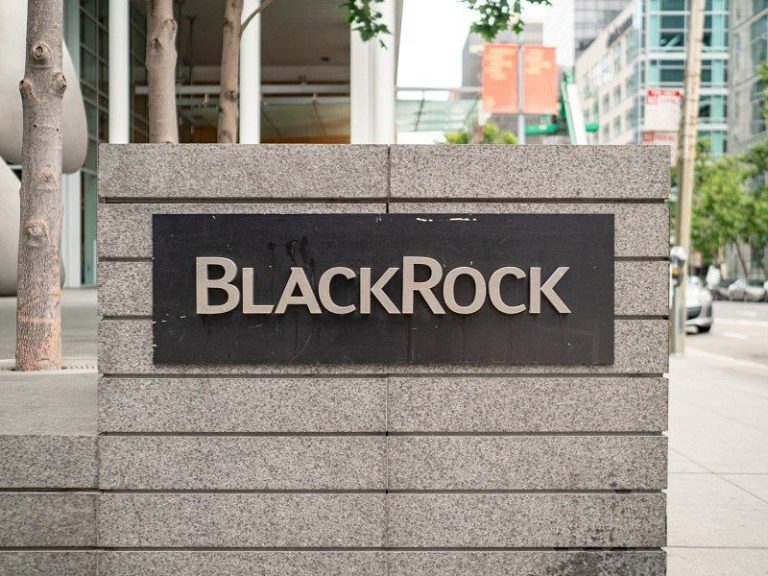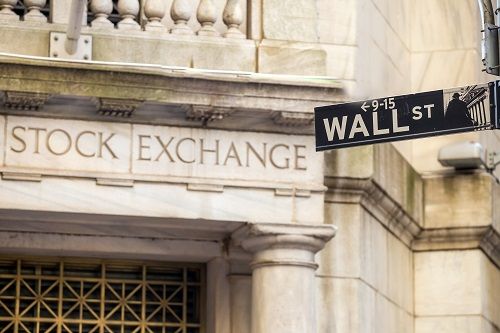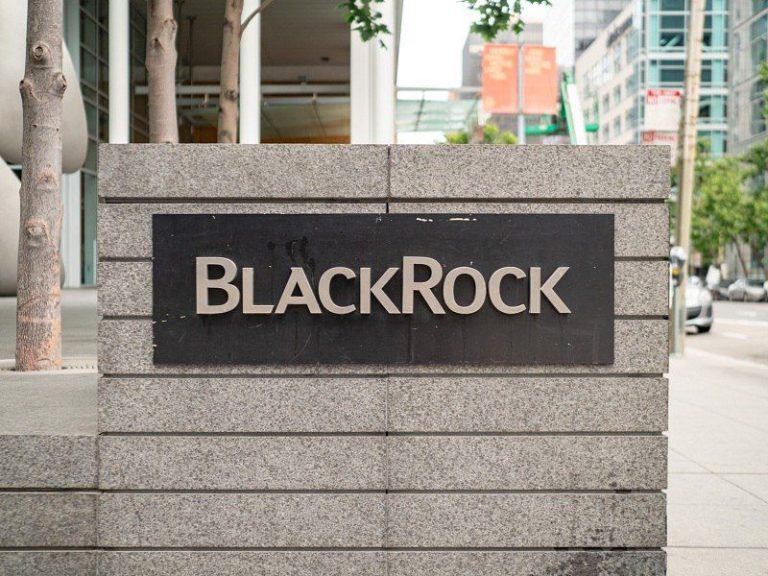China’s manufacturing sector recorded its strongest growth in five months in November, offering fresh signs of recovery in the world’s second-largest economy.
The Caixin/S&P Global Manufacturing Purchasing Manager’s Index (PMI) hit 51.5, significantly surpassing forecasts of 50.5 in a Reuters poll.
This marks the second consecutive month the index has stayed above the 50-point threshold, indicating expansion in the manufacturing sector.
The Caixin PMI primarily tracks the performance of small- and medium-sized enterprises, as well as private firms, providing a broader view of China’s economic health beyond the large state-owned enterprises captured in the official PMI data.
The official PMI, released earlier on Saturday, also showed growth, rising to 50.3 in November from 50.1 in October, exceeding market expectations of 50.2.
Stimulus efforts begin to show results
The stronger-than-expected growth reflects the initial impact of China’s recent stimulus measures aimed at reviving its faltering economy.
Introduced in late September, these policies include increased fiscal spending, measures to stabilize the struggling property market, and a reduction in the reserve requirement ratio (RRR) by the People’s Bank of China.
This RRR cut has injected additional liquidity into the financial system by lowering the amount of cash banks must hold in reserve.
While the manufacturing data paints a positive picture, challenges persist in other sectors.
China’s industrial profits declined by 10% in October year-over-year, marking the third consecutive month of contraction.
Additionally, real estate investment dropped by 10.3% from January to October compared to the same period last year, highlighting the property sector’s ongoing struggles.
However, retail sales in October outperformed expectations, hinting at a rebound in consumer spending.
These mixed signals underscore the complexity of China’s recovery trajectory as it navigates internal and external economic pressures.
In a September Politburo meeting, Chinese leaders intensified efforts to boost growth, pledging support for infrastructure development and fiscal spending.
Early November saw the unveiling of a five-year, 10 trillion yuan ($1.4 trillion) plan to address mounting local government debt, with indications that further economic support will follow in 2024.
External challenges loom for China
Despite these positive indicators, external risks remain a concern.
Donald Trump’s re-election in 2024 has raised fears of renewed trade tensions between the US and China, particularly the possibility of higher tariffs on Chinese goods.
Such measures could weigh heavily on China’s export-driven economy, potentially offsetting gains in domestic growth.
The November data provides a cautiously optimistic outlook for China’s economy, but significant hurdles lie ahead.
Sustained recovery will depend on the continued effectiveness of stimulus measures, the stabilization of the property sector, and the resolution of external trade challenges.
As China navigates these complexities, its policymakers are likely to remain focused on fostering growth while managing risks, ensuring a balanced approach to economic revival.
The post China’s November factory growth surges to 5-month high: Caixin PMI hits 51.5 appeared first on Invezz










